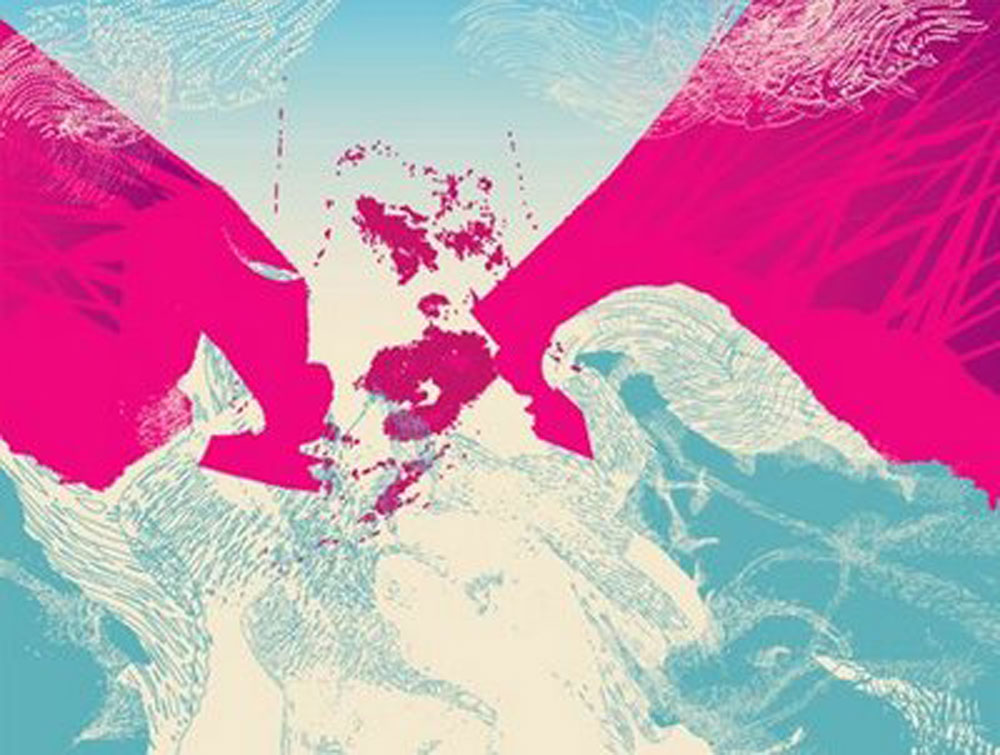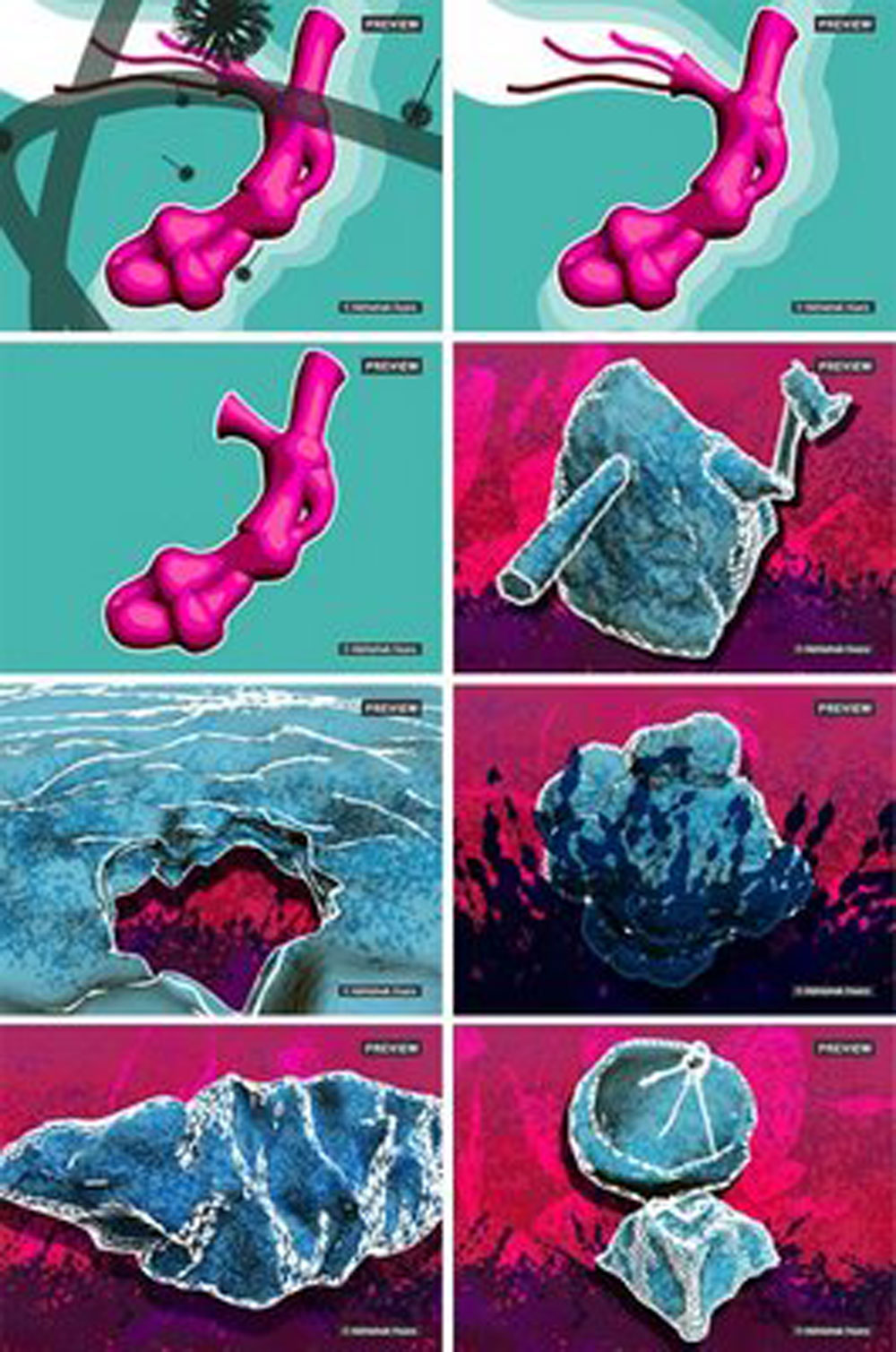Abhishek Hazra




Grant Period: Over two years
Visual artist and graphic designer Abhishek Hazra has a background in geology and his project ‘Shongkot Kon: Towards a Trivial History of Science Pedagogy in Bengali: 1870–1940’ is an artist’s exploration into the beginnings of the teaching of modern, western science in Bengali and the idiosyncratic ways in which the pedagogic project of translation was used to produce an indigenous or national discourse around science. This grant will support Abhishek to research science pedagogy in Bengali, towards the creation of a few illustrated artists’ books, a series of short text-and-image narratives, and a website. The computer forms an essential part of Abhishek’s artistic process. He also does preparatory studies in a variety of traditional media like charcoal, pen and ink, watercolour, clay sculpture and paper cut-outs. Science has always had a presence in Abhishek’s art. There are marginal references to scientific concepts in his work and he has articulated an entire work around a particular concept in Physics. Although Abhishek finds pure science interesting, it is the social history of science and contemporary scholarship in the humanities that engages him more.
While explaining his research methodology, Abhishek points out that his aim is not to create a written dissertation-style document but to understand how research material can be recast and refracted into a visual medium. Abhishek has investigated the history of Physics research in India intermittently over the years. This grant gives him the opportunity to do rigorous archival research. While briefly mapping out a context for his research, Abhishek points out that the advent of modern, western science in India is inextricably bound up with British colonial power. When science was first introduced as a subject in schools, it remained a mere mechanical transference of limited technical knowledge. By the 1890s, however, the first generation of Indian scientists began to make their presence felt in the international arena of scientific research and, by the 1920s, it became quite an exciting area of intellectual pursuit in the country. “In response to the body of information collected through such archival research, anecdotes, quantitative data and testimonials, visual work will emerge,” says Abhishek.
With reference to the use of the word ‘trivial’ in the project title, Abhishek clarifies this as “something that is fragmented, disparate and resists being woven into a cogent narrative”. This may include popular science articles in Bengali from the 1960s, vernacular ‘science jokes’ heard on college campuses in the 1950s, topics that were selected for doctoral dissertations in the 1930s and 1940s, and the presence of Russian textbooks in syllabus. He also hopes to understand how colloquial Bengali incorporated technical terms into its accepted informal vocabulary, how access to foreign reference books was negotiated through public libraries and other informal networks, and finally question why there was a stark absence of any good Bengali textbook at the undergraduate and post-graduate level. This process of discovery, Abhishek feels will, at a larger level, offer an understanding as to how the vernacular sets up a dialogue with the cosmopolitan and begins to engage with it on multiple fronts.
The series of short text-and-image narratives that Abhishek plans to create will be a hybrid of video and animation techniques, and will allude to the collected information and history. He will also make three or four artists’ books of various sizes which could be experienced together in the form of an installation. The pages of these books will all be computer printouts in a variety of substrate and media. A website will also be conceptualised, becoming a receptacle for a variety of media.
